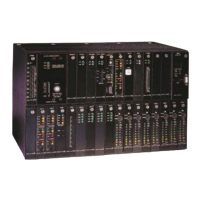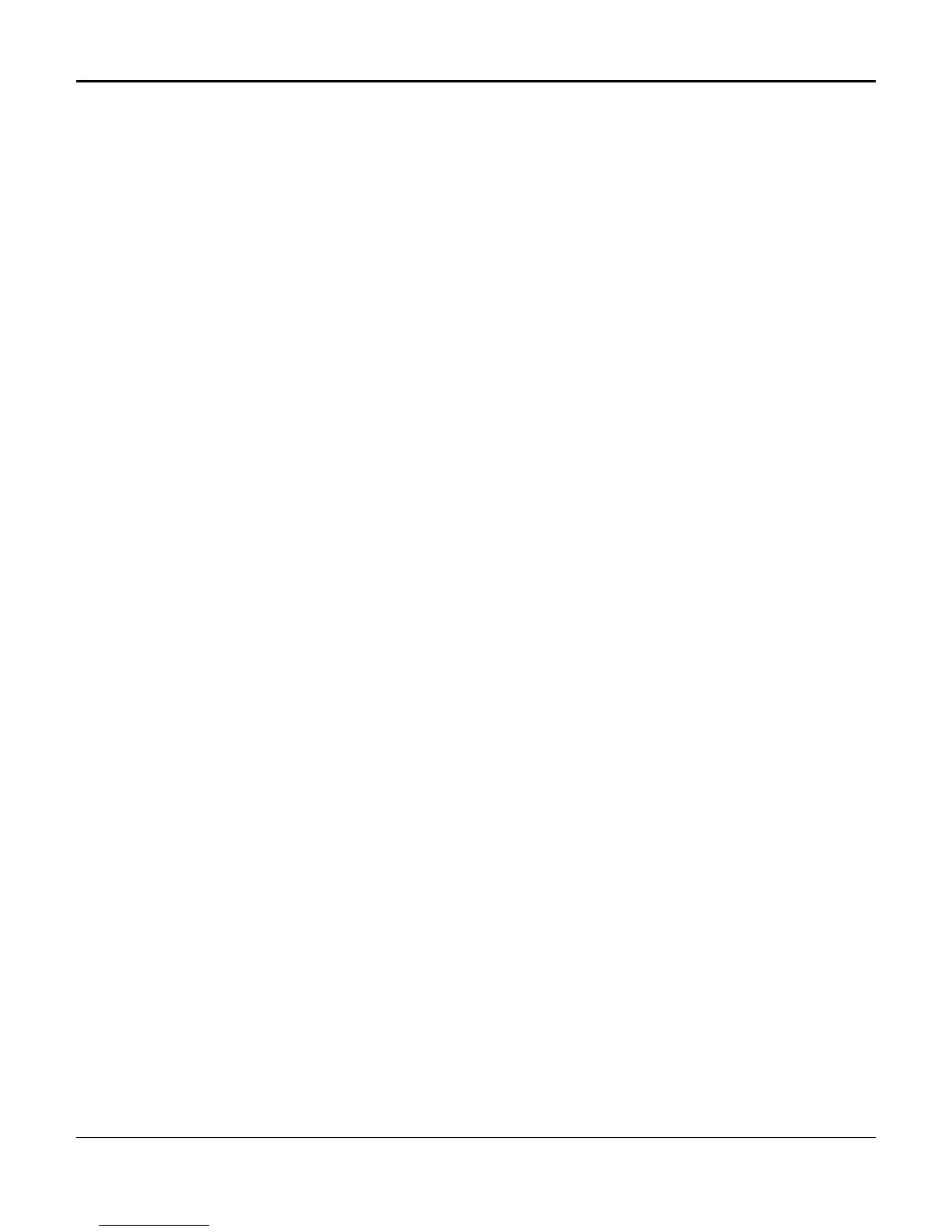D/I Mux III User’s Manual Appendix G. Modem Interfaces
246
Appendix G. MODEM INTERFACES
An analog modem (modulator-demodulator) modulates a signal (called the Carrier) with data, and
sends it over the telephone system. The receiving end demodulates the carrier, and converts the analog
representation of the data back to digital form for the receiving computer. Coastcom uses modems that
are compatible with the Hayes Command Set for modems.
Modems are available which transfer data at rates from 300 bps through 56,000 bps. Two standard
compression algorithms are available. The previous, traditional standard is Microcom Networking
Protocol (MNP) Level 5. The newer standard is CCITT V.42bis.
General Modem Operation
A Hayes compatible modem has two states: Command and on-line. In the command state, the modem
interprets all locally received characters as commands. Unrecognized text between each carriage return
is ignored. In the on-line state, the modem passes all locally received characters, with one exception,
through to the remote system. The exception is the escape sequence that places the modem back into
the command state.
A modem must be configured (initialized) before it can be used. After configuring the modem, it can be
made to answer an incoming call, or to originate a call.
Hayes Command Set
The Hayes Command Set is an ASCII interface used to control and configure the modem. This
command set is also known as the AT command set since the two characters, "AT" are used to get the
modem's attention. Commands to the modem are prefixed with the attention string and are followed by a
carriage return.
Special Coastcom Characters
Special Coastcom programs incorporate several additional characters, and character sequences, for
modem control The special characters and command string examples are listed and described below.
NCC Characters
Coastcom’s Network Communication Control (NCC) program set is used to configure the modem
control strings. The NCC program family includes NCC2.EXE, NCC5.EXE, NCC6.EXE and
CTERM.EXE. Using these programs, the phone number, dialing, and attention strings can be
changed from the default settings. Most modems require the strings to be followed by a carriage
return [CR]. But since there may be a device which does not require the carriage return, the
Coastcom programs do not automatically insert a carriage return at the end of each command
sequence.
! - The exclamation point is a special character used to terminate a character sequence with a
carriage return [CR]. The exclamation point also allows multiple inputs in a single string.
\b or \B - Some devices require a BREAK signal to be used. To cause a BREAK signal to be
sent, type a backslash followed by the letter B in either lower case or upper case at the
appropriate location in the command string.

